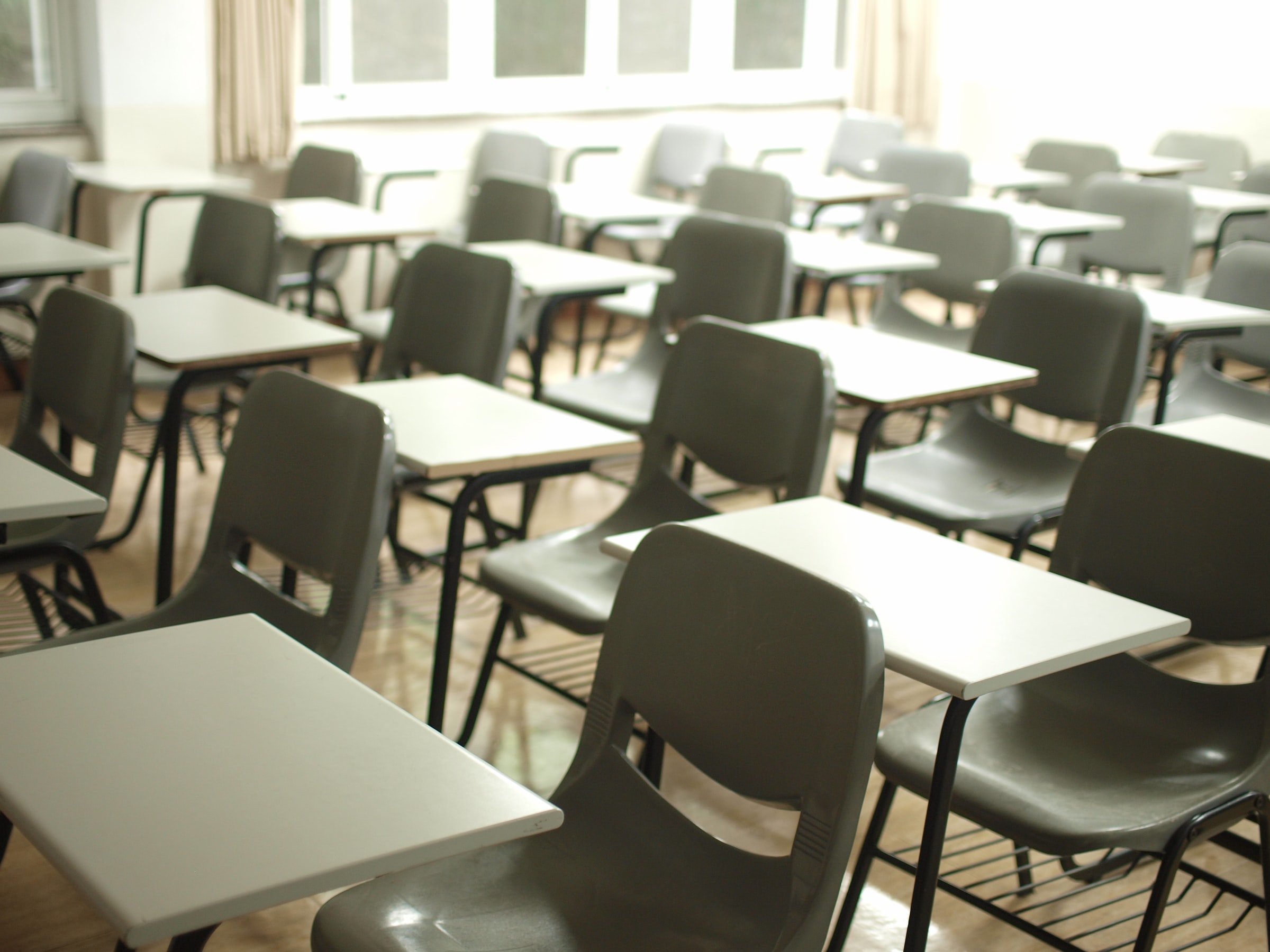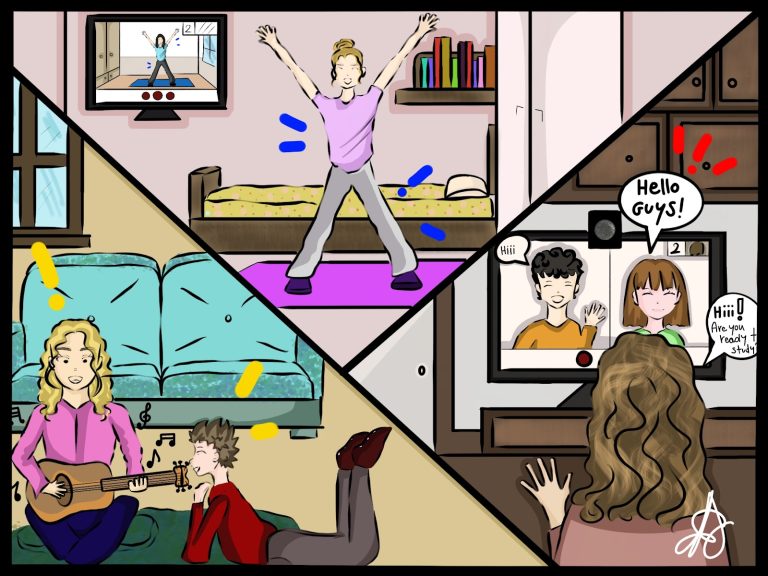The COVID-19 pandemic going on in the world since the beginning of 2020 is affecting the everyday life of millions of people, and even after months of quarantine, they couldn’t get back to their normal lifestyle. One of the problems every government is dealing with is the reopening of schools: different countries are finding different responses.
The spreading of the virus has affected each country in different ways, from places like India and Bhutan, where schools have now been closed for more than 47 weeks, to States like Burundi, in which students have never lost a day in their classes. The average duration of closures in Europe is around 2.5 months (10 weeks), compared to a world average of 5.5 months (22 weeks).
We can easily get all of the details of the global situation by looking at one of the maps on UNESCO’s site, which points out the figures in different colors regarding every state, depending on the number of weeks of closure. Another interesting map is the one that shows us in which countries schools are closed right now.
At the moment, in 28 countries schools are fully closed (including UK), while they’re totally open in France, Spain and Russia. Different states, though, preferred to partially reopen their classes.
That is what happened in Italy, in India and in the United States, where a part of the students normally returned to schools while the other kept up with online learning.
Online lessons have been essential in this period of crisis, making possible for students from all over the world to continue their studies, maybe even in a more complete and direct way, as it allows teachers to provide their classes with different types of files: videos, audios and PDFs that can help in many ways.
However, there are also several disadvantages deriving from the constant use of e
lectronic devices for learning: along with the problems related to an excessive screen time, such as bad posture or physical pain, e-learning leads to a higher drop-out rate in many states. Before the pandemic, important progress was made in lowering the rates of out-of-school children, but with distance learning, the numbers of young people leaving education early could rise again. This phenomenon, present in Europe, is particularly worrying in countries like India, where schools have now been closed for more than 10 months and where even before COVID-19 over 30 millions of children dropped out. Young girls are the most affected, and if in 2019 they amounted to the 40% of the total, now around 11 millions of teenagers might never get back to school. Taking online lessons is difficult if not impossible for girls coming from the poorest rural areas, where they have much less access to technology than boys (around 21% of women and 42% of men use the internet). And even if they have access, the reasons for discontinuing education are often ascribable to household responsibilities (such as cooking, cleaning orsibling care).
This is alarming not only as it threatens years of gender equality progress, but it is also dangerous as it means putting girls at risk of violence, adolescent pregnancy and early and forced marriage.
The recently discovered vaccines, that are now being gradually offered to all the population in every state, are expected to be a decisive ally and will hopefully allow students from all over the world to go back to their normal school lives.
Martina Romiti



